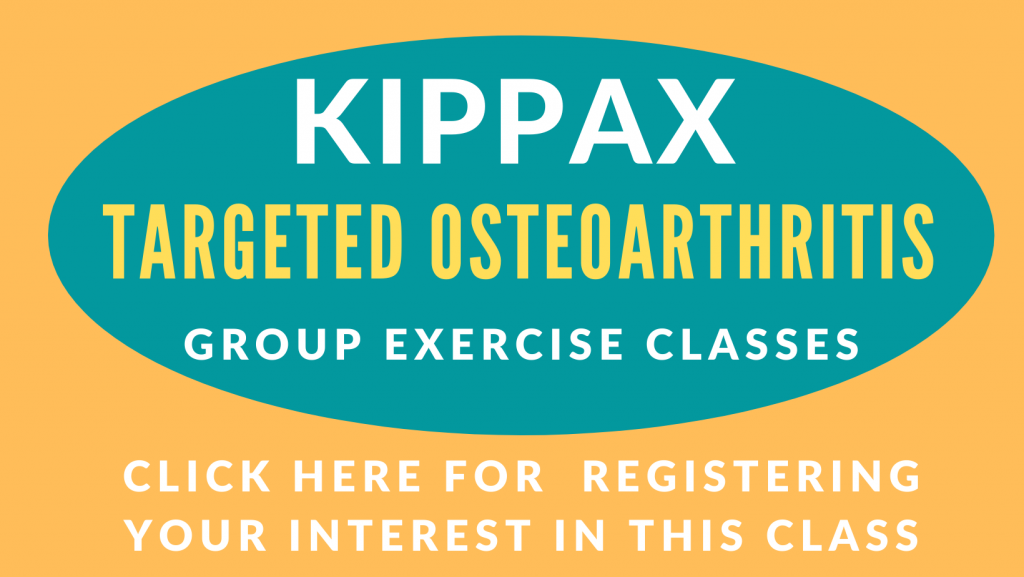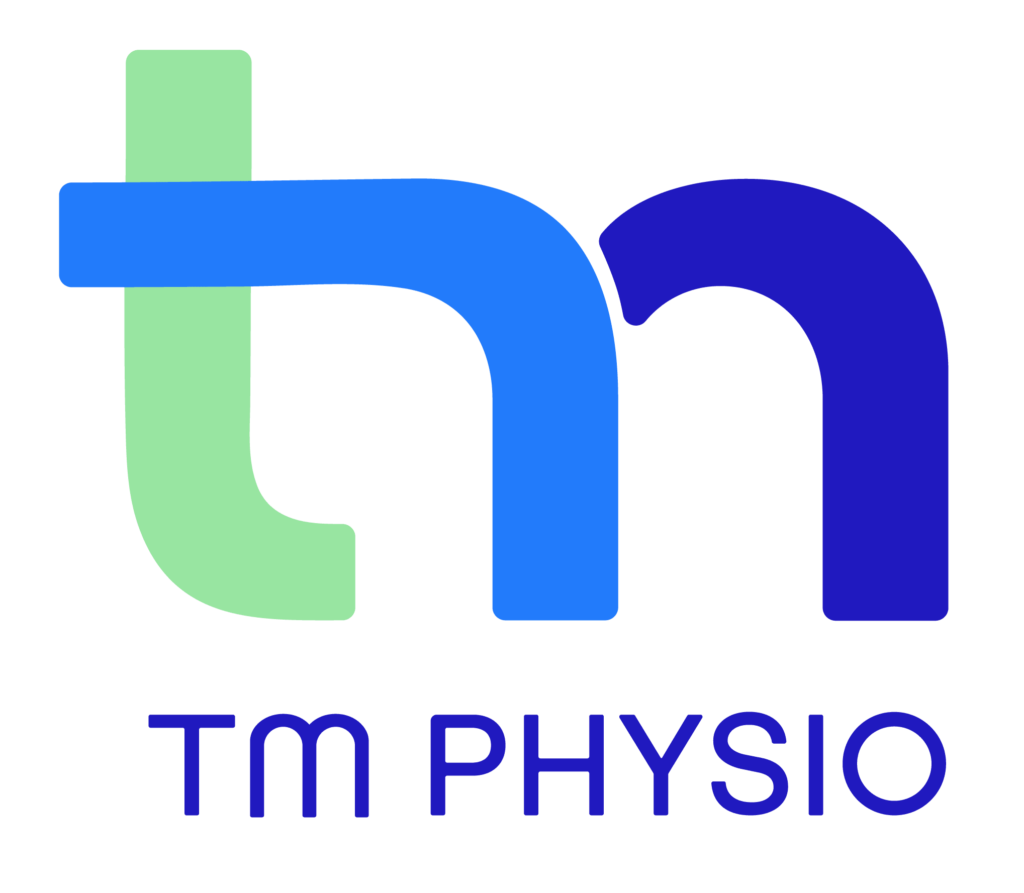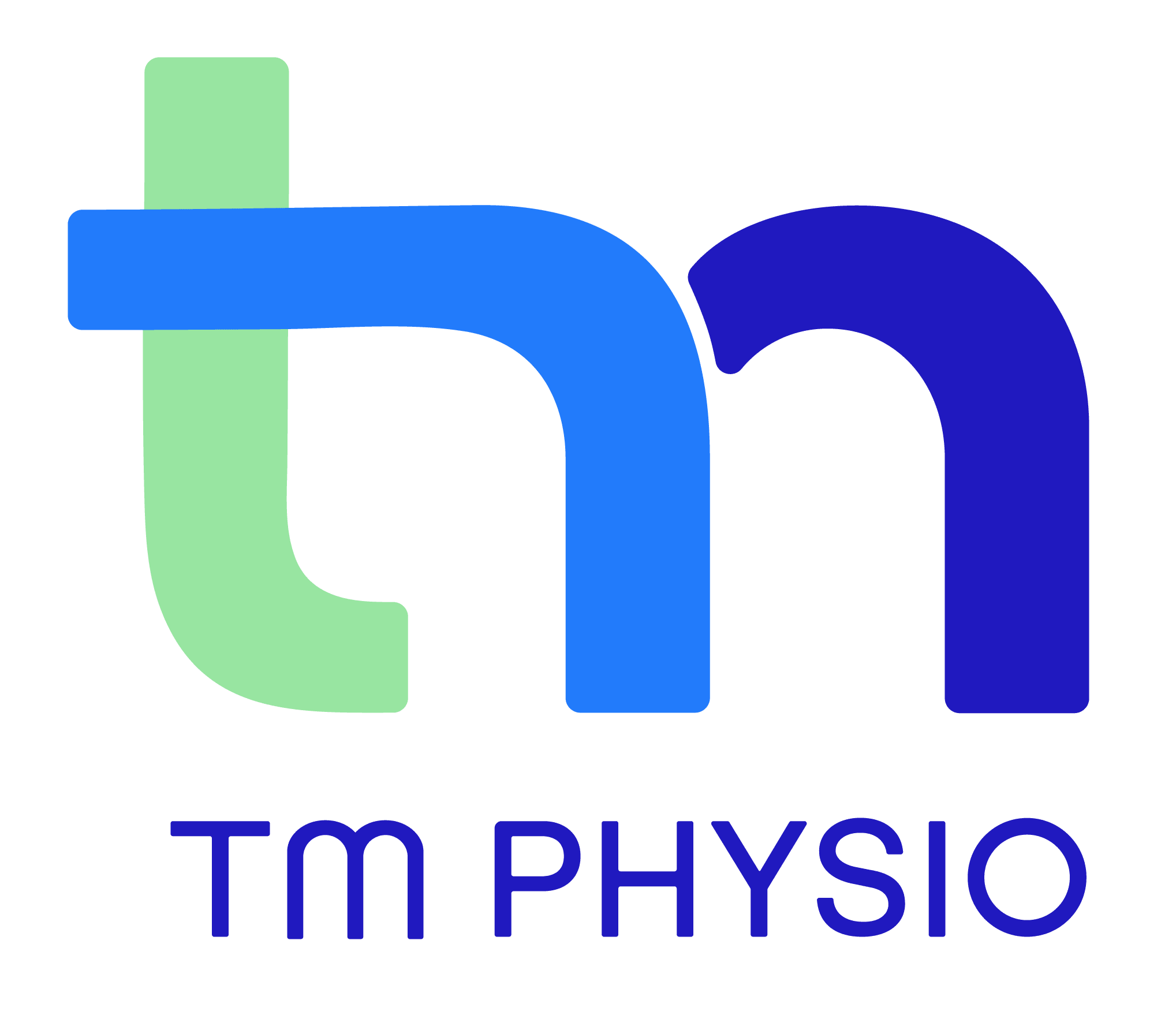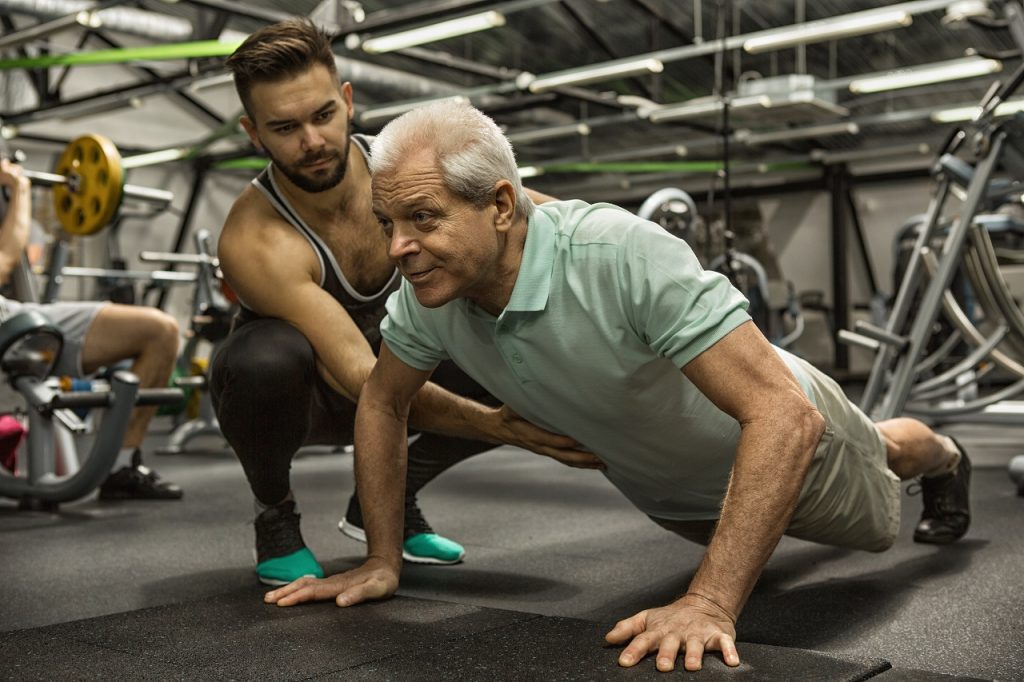Why do we always associate exercising and ageing with a reduction in function or ability to do things that we love to do? Exercise is an incredibly important part of our everyday living. There is no reason why it should be stopped just because we are getting older. Yes, things may need to be modified slightly, but that is where we are here to help.
Misconceptions Around Exercising And Ageing
Unfortunately, in today’s society exercise is seen as something that is ‘go hard or go home’ in mentality. Most gym set ups advertise group exercise classes with an emphasis on burning as many calories as possible in an hour, lifting as much weight as possible in an hour or completing all these complex exercises every session which can be daunting for many people and its hard to find and entry point to start.
Exercise can be defined as ‘engaging in physical activity to sustain or improve health and fitness’ or ‘an activity carried out for a specific purpose’. Exercise should therefore be seen as a tool to help make your body more efficient with movement and completing daily tasks.
Exercise that is targeted and specific to each individual and their health, capabilities and goals meets the above definition of improving or sustaining health and fitness while having a specific purpose. Our bodies generally follow the concept of ‘use it or lose it’, and targeted exercises with a specific purpose towards a goal has been proven through research to sustain or improve function at any age.
What Is An Accredited Exercise Physiologist?
An Accredited Exercise Physiologist (AEP) is a University Qualified Allied Health Professional that provides treatment through safe and effective exercise to a wide variety of conditions. Exercise Physiologists are specialists at taking into account your current health conditions and fitness levels to prescribe SAFE and tailored exercise specific to your goals. Exercise Physiologists help drive long term habits and sustainability through exercise and education.
Why And How Exercise Helps Osteoarthritis
Osteoarthritis generally presents as painful or stiff joints with some muscle weakness around the affected joint. Symptoms tend to build up over time rather than suddenly present.
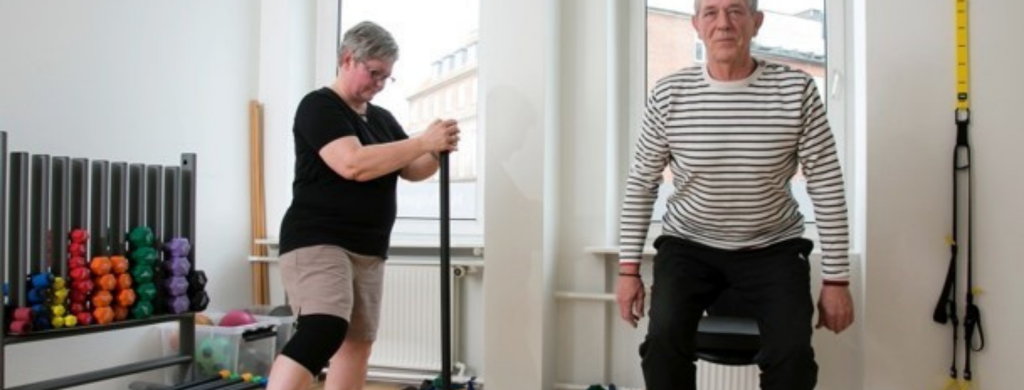
Exercise is considered an essential part of an osteoarthritis exercise plan for the following reasons:
- Strength exercises are targeted at the muscles surrounding the joint with symptoms and helps support that joint and ease stress on the joint.
- Range of motion exercises will assist in reducing stiffness in the joint by keeping it moving, as mentioned above we have to use it, or we lose its function.
- Balance exercises assist in strengthening all the small stabilising muscles around the joints which assists in taking stress off the joint and reducing falls risk.
- Aerobic exercise is targeted at improving energy and fitness levels while also reducing any excess weight that could be placing unwanted stress on your joints.
Where To Now?
If you have Osteoarthritis or just have some sore and achy joints, exercise may be the first place to start treatment and assist you in controlling your symptoms.
Make an appointment with our Accredited Exercise Physiologist at TM Physio by calling 02 6254 9889 or online HERE.
COMING SOON: Targeted Osteoarthritis Group Exercise Class run by an Accredited Exercise Physiologist at TM Physio.
